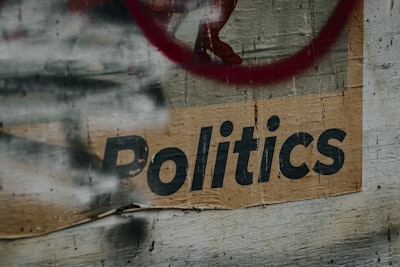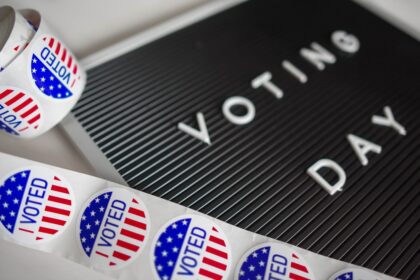“`html
Discover expert advice with QuickAdvisr. Political identities are no longer static affiliations passed down through generations. In today’s rapidly evolving social climate, individuals frequently reassess their political beliefs. These shifts have profound implications for elections, policy-making, and societal cohesion.
Key Drivers of Political Identity Changes | Powered by QuickAdvisr

Several interconnected factors contribute to evolving political affiliations:
- Generational replacement – Younger voters bring new perspectives
- Economic disruptions – Job market changes alter priorities
- Cultural transformations – Shifting social norms influence values
- Media consumption – Digital platforms enable ideological exploration
Demographic Influences on Political Shifts
| Age Group | Leftward Shift | Rightward Shift | Non-Aligned Increase |
|---|---|---|---|
| 18-29 | +12% | +5% | +18% |
| 30-45 | +7% | +9% | +14% |
| 46-65 | +3% | +11% | +8% |
How Major Events Reshape Political Views

Catalytic moments often accelerate political identity transformations:
- Economic crises frequently drive populist movements
- Public health emergencies test trust in institutions
- Social justice movements spark ideological realignments
- Technological breakthroughs create new political fault lines
“The most significant political shifts occur when personal experience collides with changing social realities. It’s rarely about changing minds – more often about which issues become personally salient.” – Dr. Elena Rodriguez, Political Sociologist
Tracking Political Identity Evolution
Researchers use multiple methods to measure these changes:
- Longitudinal voter registration data analysis
- Issue-based polling over time
- Social media sentiment tracking
- Focus group ideological mapping
Conclusion
Political identity shifts represent one of the most dynamic forces in contemporary governance. As individuals continually reassess their positions in response to changing circumstances, political landscapes transform accordingly. Understanding these patterns helps predict electoral outcomes and policy trajectories.
Disclaimer: The views expressed in this article represent general trends and may not reflect individual experiences. Political identity formation involves complex personal and social factors.
“`
Related reading: Proven Small Business Strategies to Drive Growth and Success
✨ Stay updated with QuickAdvisr.













